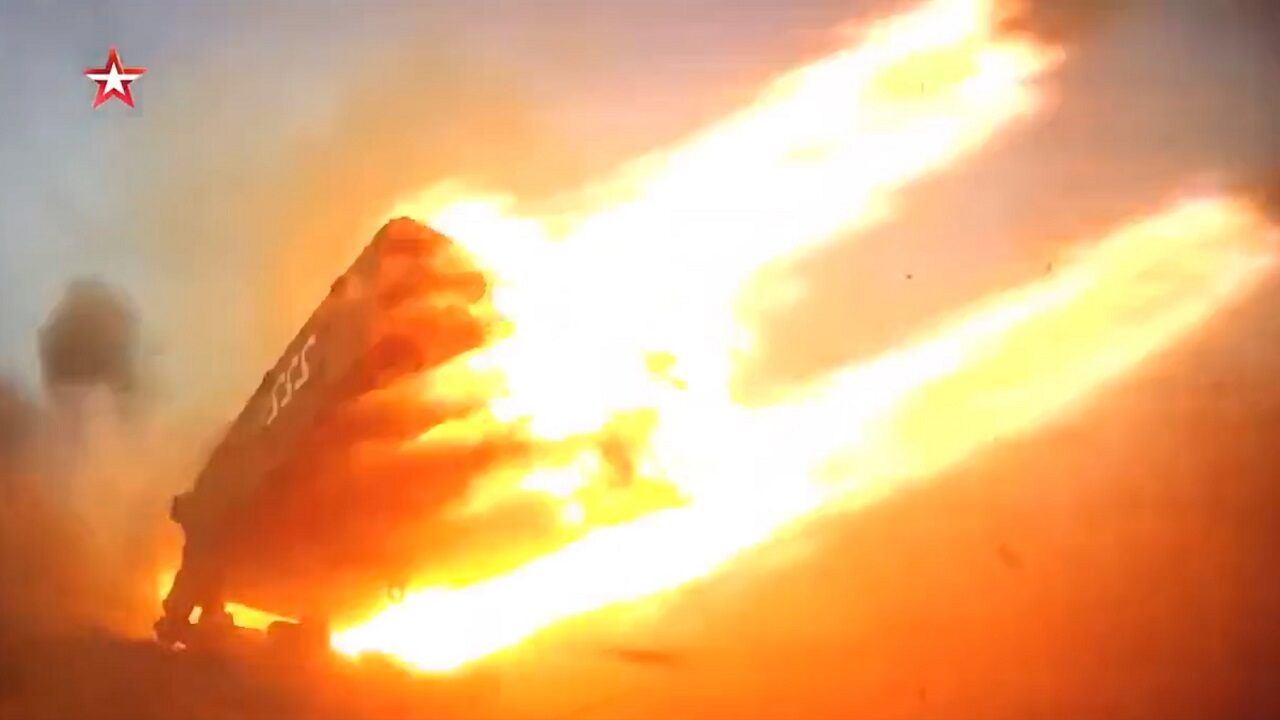Nearly the entirety of Russia’s Army has been deployed to Ukraine, but it shows no signs of making any significant progress and instead is facing attrition levels in combat not seen since the First World War more than a century ago.
Moscow has called up tens of thousands of reservists, intensified its ground attacks across southern and eastern Ukraine, and has likely already begun its first major offensive in months.
However, after a year of fighting, Russia is increasingly relying on poorly trained conscripts and as a result, continues to throw its men into battle only to make minor gains while taking heavy losses.
The Ukraine Disaster
According to British Defense Minister Ben Wallace, who spoke with the BBC on Wednesday, Russian forces are now spread thin out along the frontline and are unable “to punch through in a big offense.” When the Kremlin does mount an attack, it comes “at a huge cost to the Russian Army.”
Wallace added that Russia is now incurring “almost First World War levels of attrition, and with success rates of a matter of meters rather than kilometers.”
According to British estimates, Russia has deployed upwards of 97 percent of its Army, while the U.S. military estimated last week that Russia has dedicated as much as 80 percent of its ground forces to the invasion. Moscow’s military capabilities are now being questioned, as London’s International Institute for Strategic Studies (IISS) also offered its estimate that 100,000 to 150,000 Russian troops have been killed or seriously injured, while the Kremlin has lost more than 2,000 tanks – including half of its most modern main battle tanks (MBTs).
Russian forces continue to press on Bakhmut, which could provide Russia with a stepping stone to advance towards the even larger cities of Kramatorsk and Sloviansk. At best it would be a pyrrhic victory given the months of hard fighting and the enormous casualties. One senior Pentagon official also told CNN this week that Russia’s new offensive is “likely more aspirational than realistic.”
Kyiv Suffering High Losses Too
Kyiv has managed to hold out against Russia for nearly a year, thanks largely to aid from the West. However, it is running through ammunition faster than Western allies can replace it – and that has resulted in Ukraine’s military having to adapt its tactics.
Ukraine may thus have its own challenges in mounting an expected spring offensive.
There are also warnings from the U.S. State Department that Moscow could see any attempt by Kyiv to retake Crimea as a “red line” that would lead to a wider Russian response. The U.S. and NATO diplomats and military officials have never wavered from publicly stating that Crimea is part of Ukraine, but there is a sentiment that Ukraine lacks the resources to successfully retake it.
Yet, Kyiv may opt to isolate the peninsula, which was illegally annexed by Russia in 2014.
“There are three critical points: the land bridge to Russia, the Kerch Strait bridge, and the naval base at Sevastopol. They should knock out all three,” Kurt Volker, the former U.S. special envoy for Ukraine, told Politico. “This would leave a lot of Russian forces without adequate support, without Ukraine actually trying to overrun Crimea, and it would still be a severe blow to Russia’s military effort.”
BONUS: The Fall of Joe Biden Has Started
BONUS: Donald Trump Looks At His End
BONUS: Kamala Harris Should Quit
BONUS: A Nuclear War over Ukraine?
BONUS: Donald Trump Looks Desperate
Author Experience and Expertise: A Senior Editor for 19FortyFive, Peter Suciu is a Michigan-based writer. He has contributed to more than four dozen magazines, newspapers, and websites with over 3,200 published pieces over a twenty-year career in journalism.
He regularly writes about military hardware, firearms history, cybersecurity, politics, and international affairs. Peter is also a Contributing Writer for Forbes and Clearance Jobs. You can follow him on Twitter: @PeterSuciu.

